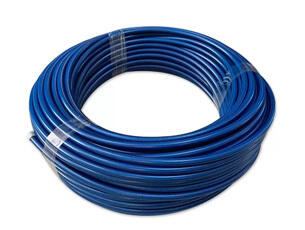
The company's stainless steel brake tubing kits provide everything needed for a complete brake line upgrade or replacement. These kits include pre-cut stainless steel tubing, fittings, flaring tools, and installation hardware, designed for DIY enthusiasts and professional mechanics. The tubing is made from 304 stainless steel, offering corrosion resistance and durability. The kits come in various sizes (e.g., 3/16", 1/4", 5/16") to suit different brake system requirements and include straight and bent tubing options for versatile routing. Each kit is designed to meet SAE and DOT standards, with fittings that undergo rigorous pressure testing. Stainless steel brake tubing kits are ideal for custom builds, classic car restorations, or vehicles requiring unique brake line configurations, providing a comprehensive solution for creating a reliable and high-performance brake system.

Copyright © 2025 by HENGSHUI BRAKE HOSE MACHINERY CO.,LTD — Privacy Policy